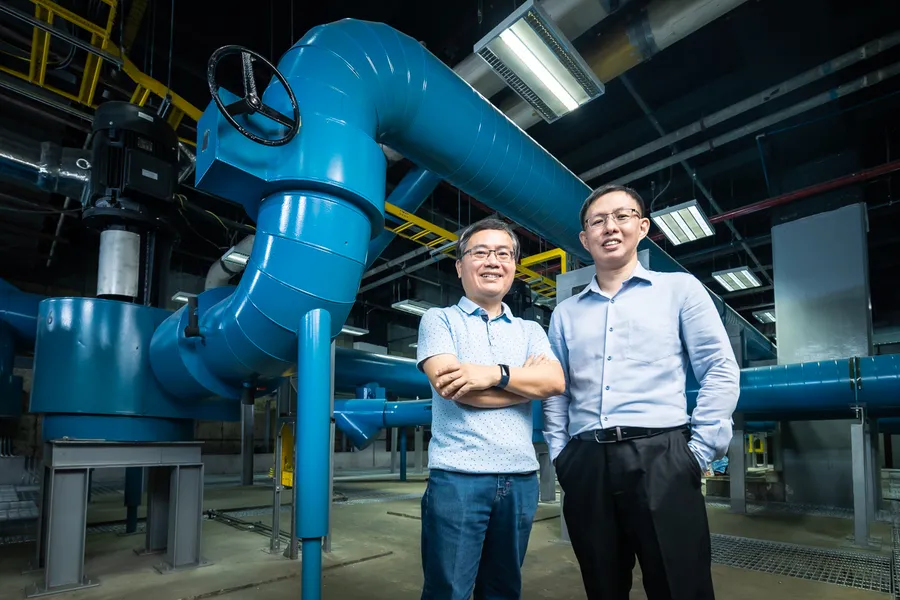06 Dec Transport | Youth
Powering Changi Airport with Renewable Energy
Electricity consumption accounts for more than 90% of Changi Airport Group's (CAG) Scope 1 and 2 emissions. As such, it is our top priority to reduce our energy consumption at the airport terminals while concurrently increasing our share of renewable energy.CAG has recently commenced procurement exercises to install solar photovoltaic panels on the rooftop of the airport terminals and ancillary buildings. We are committed to work with our suppliers to install best-in-class high efficiency panels, as well as to optimise the panel placement and configuration to maximise solar yield while ensuring that the panels do not pose risks (such as glare and glint) to safe aircraft operations at the airport.
This development is expected to achieve approximately over 15,000 tonnes of carbon emissions reduction per annum when installation is fully completed in the coming years.

Changi Airport’s terminals will soon be powered by more renewable energy.
Raising Changi Airport's Building Energy Efficiency
Air-conditioning is the largest source of energy consumption in our terminal buildings. Given its considerable contribution to our carbon footprint, Changi Airport Group (CAG) is always on the lookout for ways to improve the energy efficiency of Changi Airport’s air-conditioning equipment.As we upgraded Terminal 1 and 2’s air-conditioning systems, we retrofitted our systems with the latest energy-saving technologies, as well as embarked on a holistic redesign of our air-conditioning systems instead of simply replacing them in individual parts.
Our new market-leading chiller features advanced technologies such as a magnetic bearing and a vibration-free compressor that is quieter and more robust than previous chillers. It is also equipped with a management system that offers comprehensive data analytics and predictive maintenance functions for continuous operation at optimal levels. Together, these new systems are estimated to reduce our carbon emissions by nearly 5,000 tonnes per annum.

CAG’s engineers with the latest high-efficiency chiller plant.
